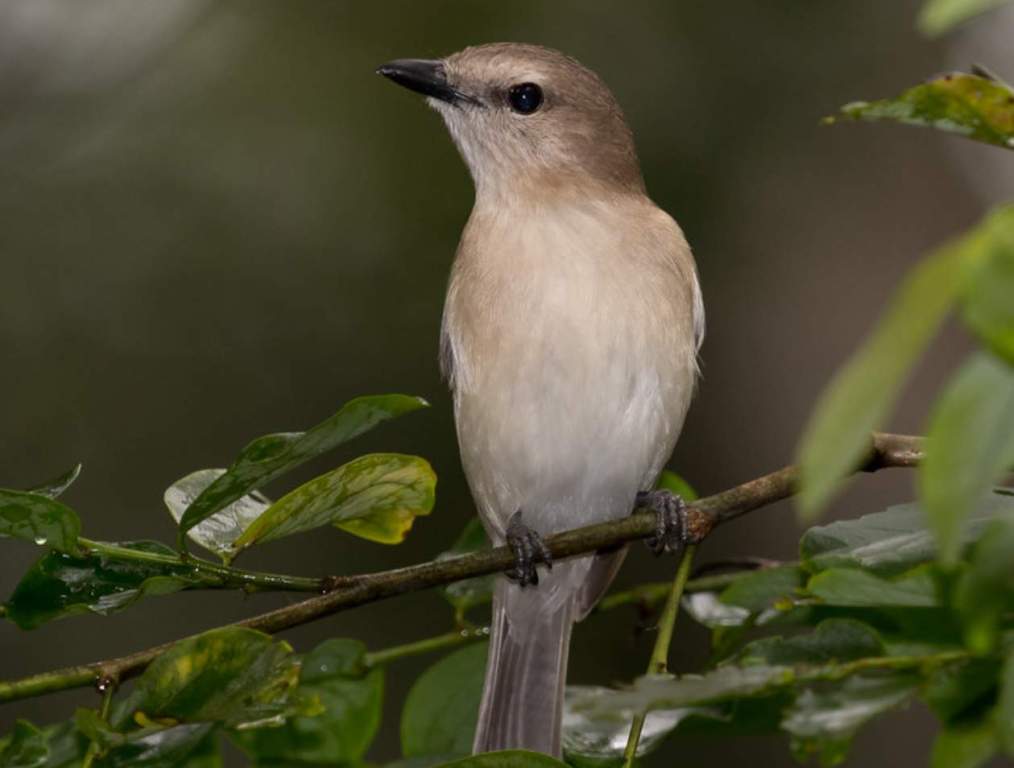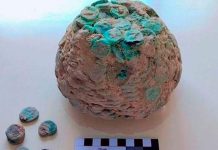Habitat: A vocal bird, the Grey Whistler (Pachycephala simplex) calls continuously during the day most of the year. A subtropical or tropical lowland rainforest and a mangrove forest are its best habitats. Although it can reach 500 meters in altitude in northeastern Queensland and tall Rhizophora mangroves in Arnhem Land. While foraging for insects, it hops methodically from branchlet to branchlet in the mid and upper forest strata. Grey Whistlers forage alone in Arnhem Land, but they are associated with mixed-feeding flocks in northeastern Queensland.
Diet: In some cases, it sits motionless within the cover for hours, singing intermittently. Sometimes it scratches at disturbed insects and flutters in the outer leaves like a flycatcher, searching vigorously for prey.
Alternative Names: The bird is also known as the grey-headed Whistler or brown Whistler.
Size: Grey Whistlers measure about 140-150 mm long.

Identification: Both sexes are similar. Cape York Peninsula race: Crown grey; rest of upper parts olive-green, grey on flight feathers and tail. Underwings creamy yellow. Throat white grading to dull lemon on rest of underparts, faintly streaked and washed grey-brown on breast and flanks respectively. Arnhem Landrace: Upper parts mid-brown; underwing white; underparts white with faint brown wash on breast and flanks. There is an intersection of off-white eyebrows across brows in both races, as well as darker gray-brown eyebrows. Eyes are a deep red-brown or ruby color. The bill is black. The feet are dark grey. Immature bird eyes are brown. Juveniles washed plain rufous-brown on upper parts, more faintly so over the breast, molting into adult dress within a month or two of fledging.
Vocalization: It is a clear and complex whistle, without the whipcrack quality of other whistlers; it has two notes, with the second note being lower than the first; it is given by both sexes, perhaps in contact. A territorial male often starts the song with a long note, then follows it with two shorter notes, which leads into a long song.
Nest & Breed: Nesting and breeding take place between September and March. It consists of dead leaves interwoven with rootlets and tendrils and sparingly bound with cobwebs; it is lined with fine dry grass and tendrils; it is placed in a vine tangle, usually high in the trees.
Eggs: The bird lays two glossy white eggs, with umber and purple-grey spots, mostly at the larger end; oval, about 21 x 16 mm.
Distribution: In Queensland, Grey Whistler is common in the lowland rainforest and its edges, from Cape York Peninsula to Townsville. In the Northern Territory, along the coast and islands from Port Keats to Rose River and Groote Eylandt in mangroves and monsoon forests. Also New Guinea and the intervening islands.
Races: About eleven races. Only two are found in Australia. In Australia, two races of Grey Whistler have been regarded as separate species because of their distinct appearances. There are a range of intermediates connecting their plumage patterns through the Kai Islands and southern New Guinea.
Family: Grey whistlers belong to the order Passeriformes and are members of the family Pachycephalidae.
Read More – The Shy Red-lored Whistler







